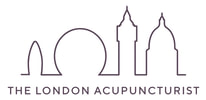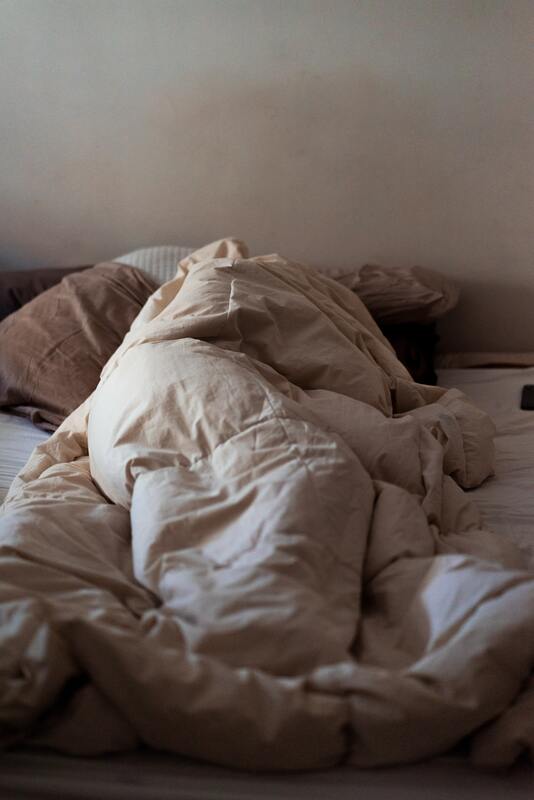|
An article published in People Management in February this year suggested that not only is there a staggering rise in the number of people in the workforce worried about stress, burnout or languishing, they identified ‘wear out’ as another trend that was causing concern.* According to another piece of research released earlier this year and reported in HR News, a staggering 88% of the UK workforce have experienced burnout in the last two years. *
It's fair to say we seem to be at a pretty unique place in history in the UK, a kind of country-wide burnout. Our nervous systems collectively shredded by the last few years, stuck in fight, flight or freeze as we try to figure out how to live in the world we are in now. We are post-Brexit, post-pandemic, many more of us now working from home, socialising more again but finding it more tiring, the political climate divisive, the economy troubling, the cost of living biting many of us. I have heard more than one friend or client recall the first lockdown with something approaching nostalgia, which screams of the need for us to just take our foot off the accelerator and slow all the way down. There are no easy answers to this, but considering the Winter ahead of us as a period of blissful hibernation could be just the thing we need, a voluntary lockdown of sorts to allow ourselves the opportunity to do nothing much, go nowhere we don’t need to and give ourselves the gift of taking it easy. You know when your mobile phone battery is old or damaged and you need to keep charging it when you are out because it doesn’t hold its charge? Well, that’s most of us right now. We have enough to keep going but we aren’t holding our charge, making it. This makes us more tired, less resilient, more prone to illness and burnout. So picture this. A month with no plans to socialise. Where we collectively agree to meet as little as possible at work. Where we prioritise early nights, baking bread or slow cooking and eating, a daily walk, afternoons watching movies, reading books, weekends staying under blankets, practicing some yin yoga, nap. Winter is the time in nature’s Creative Cycle for rest, for renewal and restoration. The pause, in which the potential for growth is nourished and nurtured and held deep in the earth or within. Without this essential pause the earth would have no time to rest, to turn the mulch of Autumn into the nutrients needed for the growth of Spring. Winter is when nature is telling us to hibernate; in Chinese Medicine the Winter is the time of the Water Element, the kidneys and bladder, our deepest reserves of energy, power and stamina. Observe the season and do what it does, which is to say, do as little as possible. Go inwards, go quiet, stay still, nourish yourself deeply and at all levels of your body, mind and spirit (eat, pray, love?). Don’t start a new exercise regime in January, or launch full pelt into a new project but hold on ’til the season shifts. Taking the time to cultivate your yin at the most yin time of the year will transform the rest of your year in a very real way. This is what Chinese Medicine teaches us. If you struggle to connect with this idea you can download The Harmony Principles’ Guide to Winter Yin, a workbook packed with ideas for seasonal practices, journalling prompts and inspiration for a seasonal hibernation that will restore, renew, and recharge. It goes live on the 21st December, the Winter Solstice and anyone who purchases before Christmas Day can gift access to a friend or family member too. Who’s with me?! https://www.peoplemanagement.co.uk/article/1751674/burnout-numbers-staggering-what-about-wearout https://hrnews.co.uk/88-of-uk-workforce-have-experienced-burnout-in-the-past-two-years/
0 Comments
Leave a Reply. |
Claire DabreoPassionate about the pins. Archives
March 2024
Categories |
Please contact me if you would like to book a free telephone consultation. You can also follow me on social media via the links below.
|
HoursMonday / Tuesday: 10am - 2pm SOUTH NORWOOD
Wednesday: 2pm-9pm CRYSTAL PALACE Friday: 9am-2pm CRYSTAL PALACE |
Telephone+44 (0) 7958 916722
|
|


 RSS Feed
RSS Feed